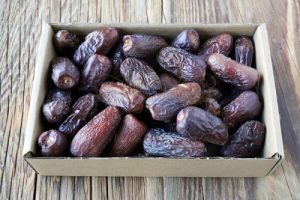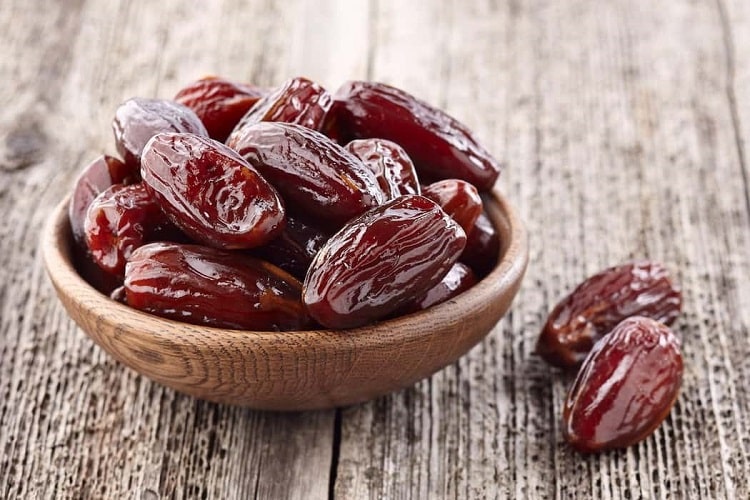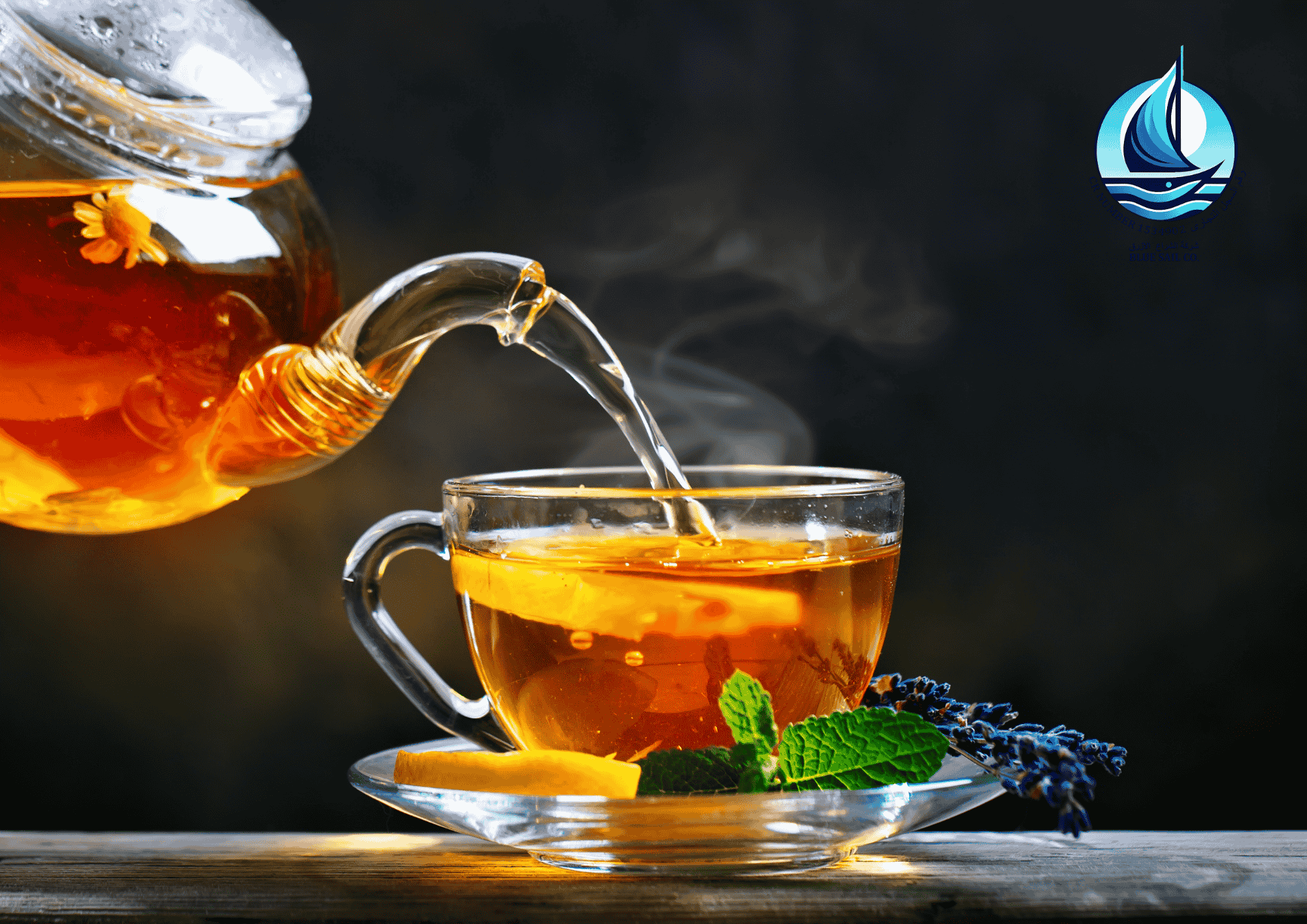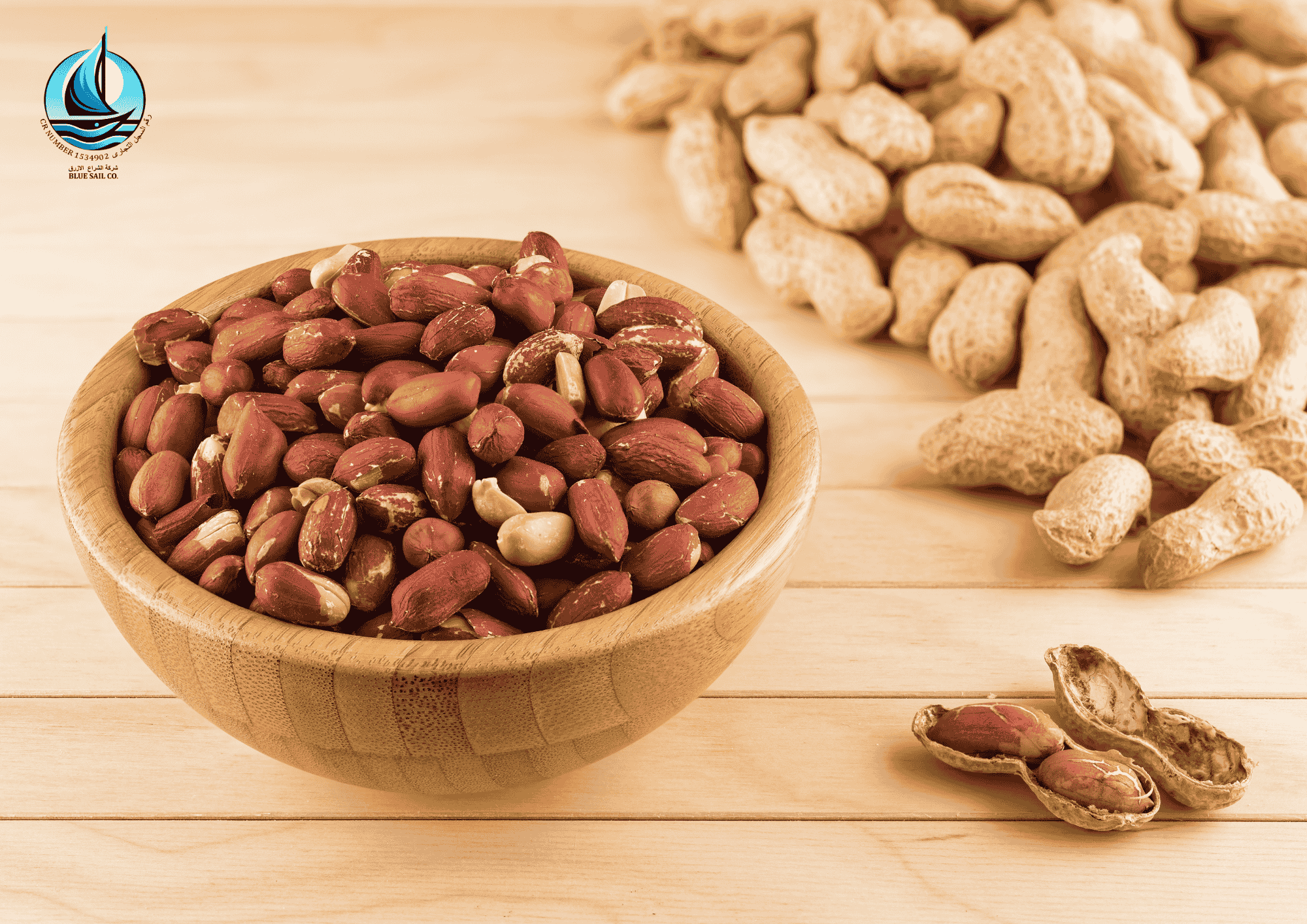The Global Date Industry: Production, Market Dynamics, and International Trade
Introduction
Dates, the fruit of the date palm (Phoenix dactylifera), are one of the oldest cultivated crops, deeply rooted in Middle Eastern and North African cultures. In recent decades, the global date industry has expanded significantly, driven by increasing demand for natural sweeteners, healthy snacks, and sustainable agriculture products. This article explores the date industry, including key producers, market trends, and global trade dynamics.

Date Production
The date palm thrives in arid climates, making the Middle East and North Africa (MENA) region the leading producers of dates. However, other regions such as North America and South Asia have also emerged as key players in date cultivation.
- Egypt: Egypt is the world’s largest producer of dates, responsible for approximately 20% of global production. Most of the dates produced in Egypt are consumed domestically, though the country is gradually increasing its export capacity.
- Iran: Iran is another major producer, known for its high-quality dates such as Mazafati, Piarom, and Kabkab. Iranian dates are popular in export markets, particularly in Europe, South Asia, and the Middle East.
- Saudi Arabia: Saudi Arabia is a key player in the global date industry, producing premium varieties such as Ajwa and Sukkary. Dates hold cultural and religious significance in the Kingdom, making them a central part of Saudi agriculture.
- United Arab Emirates: The UAE is a significant producer and exporter of dates, with large-scale date farms and state-of-the-art processing facilities. Emirati dates are highly sought after in global markets for their quality and packaging standards.
- Iraq: Iraq has a long history of date production and was once the world’s leading producer. While production levels have declined due to decades of conflict, Iraqi dates are still prized for their quality, particularly the Zahidi and Khadrawi varieties.
- Pakistan: Pakistan is one of the top date producers in Asia, with a focus on varieties like Aseel. The country exports a large portion of its dates, mainly to the Middle East and Europe.
- United States: The U.S., particularly California, has emerged as a key player in the date industry, producing high-quality Medjool and Deglet Noor dates. California dates are widely exported to Europe and Asia, as well as consumed domestically.

Market Dynamics
The global date industry is shaped by several market dynamics, including changes in consumer preferences, production trends, and international trade:
- Health and Wellness Trends: Dates are recognized for their nutritional value, being rich in fiber, antioxidants, and natural sugars. As consumers increasingly seek natural sweeteners and plant-based snacks, the demand for dates has risen. Dates are often used in health-conscious food products, such as energy bars, smoothies, and desserts.
- Culinary and Cultural Uses: Dates have a rich cultural and culinary significance in many parts of the world, especially in Islamic countries where they are traditionally consumed during Ramadan. They are also used in a variety of recipes, from savory dishes to sweets like date cakes and pastries.
- Organic and Sustainable Production: There is a growing demand for organic and sustainably farmed dates, especially in high-end markets like Europe and North America. Producers are increasingly adopting eco-friendly farming practices and seeking organic certifications to meet this demand.
- Value-Added Products: The date industry has seen a rise in value-added products, such as date syrup, date paste, and date-based snacks. These products help producers and processors tap into a wider range of market segments and add diversity to the offerings.

Global Trade and Transactions
Dates are widely traded internationally, with major producing countries exporting to key global markets. Here are some of the most important aspects of global date trade:
- Top Exporters:
- Tunisia: Tunisia is a leading exporter of dates, particularly the Deglet Noor variety, which is considered one of the finest types. Tunisian dates are highly sought after in Europe and North America.
- Saudi Arabia and UAE: Both countries are major exporters to markets in Asia, North Africa, and Europe. The UAE in particular has invested heavily in branding and marketing its premium date varieties.
- Iran and Iraq: These countries export substantial quantities of dates, especially to South Asia and the Gulf Cooperation Council (GCC) countries.
- Key Importers:
- India: India is the world’s largest importer of dates, with the fruit being an essential part of the diet, particularly during the Ramadan period. India imports primarily from Iran, Saudi Arabia, and Iraq.
- European Union: The EU is a significant market for dates, with major importers like France, Germany, and the UK. European consumers favor high-quality organic and premium varieties such as Medjool and Deglet Noor.
- United States and Canada: North America imports dates primarily from the Middle East and North Africa, as well as from California. Medjool dates, in particular, are popular in health-conscious segments of the market.
- Pricing and Market Trends:
Date prices are influenced by several factors, including harvest yields, production costs, and market demand. Premium varieties like Medjool and Deglet Noor command higher prices due to their superior quality and size. Prices can also be affected by geopolitical events, particularly in regions like the Middle East where much of the world’s date supply originates. - Tariffs and Trade Policies:
The date trade can be impacted by tariffs and trade policies between exporting and importing nations. For instance, political tensions or trade disputes between key exporters like Iran and major markets such as the U.S. can lead to shifts in supply chains or price increases. Free trade agreements between countries have facilitated easier export-import processes, particularly between Tunisia and European markets.
Challenges and Opportunities in the Date Industry
While the date industry is expanding, it faces several challenges:
- Climate Change: Dates are highly sensitive to water availability and temperature, making climate change a threat to production in key regions. Prolonged droughts or extreme weather events can negatively impact yields.
- Water Scarcity: Date palms require significant amounts of water, and many producing regions, especially in the Middle East and North Africa, face water scarcity issues. This challenge has prompted producers to explore more water-efficient irrigation techniques.
- Supply Chain Disruptions: Geopolitical tensions in the Middle East, where much of the world’s dates are grown, can lead to disruptions in supply chains and affect global trade. Exporters may face difficulties in logistics and distribution, especially during periods of conflict or instability.
- Growing Demand for Organic and Premium Products: The demand for organic and high-quality premium dates, such as Medjool and Deglet Noor, continues to rise in high-end markets. This trend presents significant opportunities for producers who are willing to invest in sustainable farming practices and quality control.
Conclusion
The global date industry is a dynamic and expanding market driven by health trends, cultural significance, and growing demand for organic and value-added products. As one of the oldest cultivated fruits in the world, dates remain central to the diets of millions, while new opportunities continue to emerge in the health food and sustainable agriculture sectors. With a strong foundation in traditional markets and new prospects in emerging regions, the date industry is well-positioned for continued growth on the global stage.





